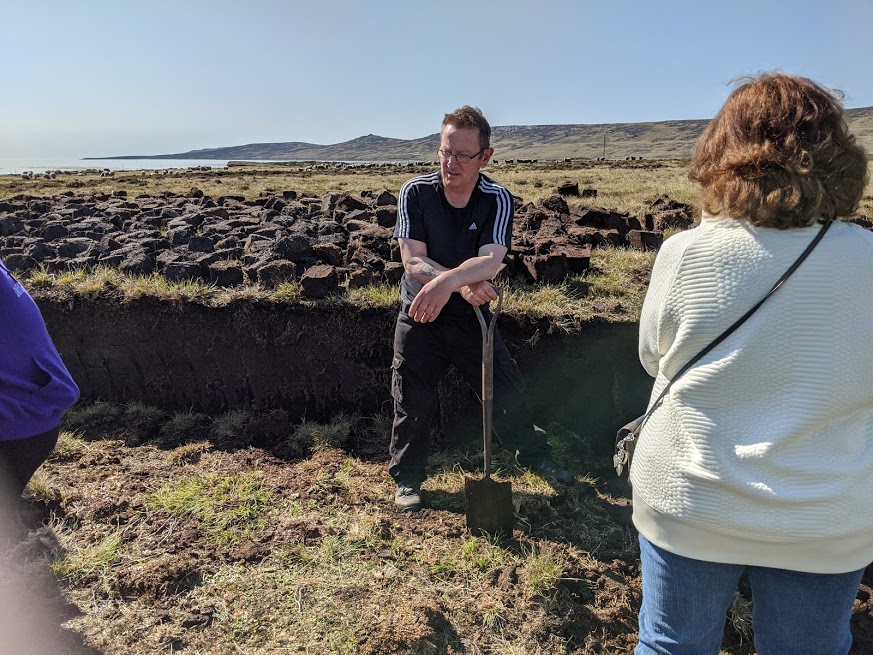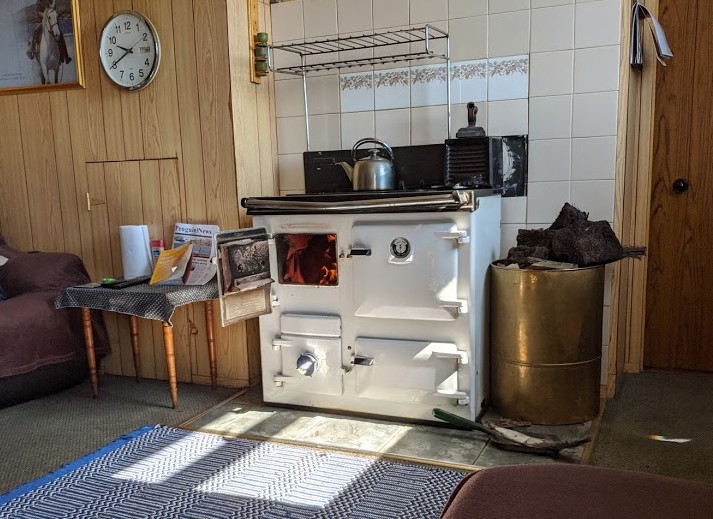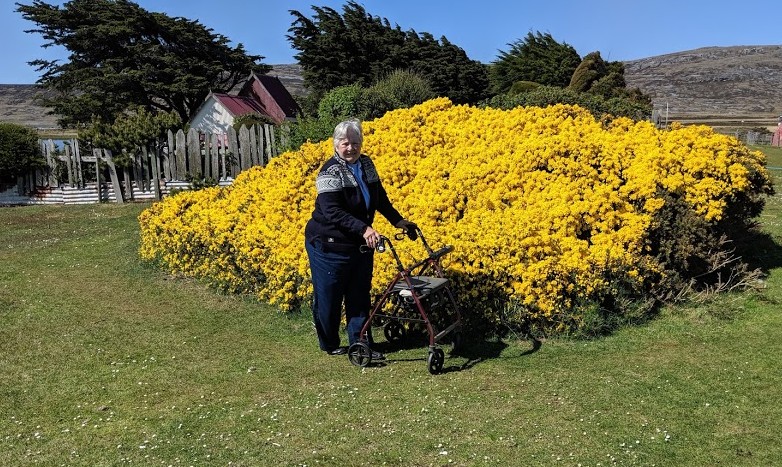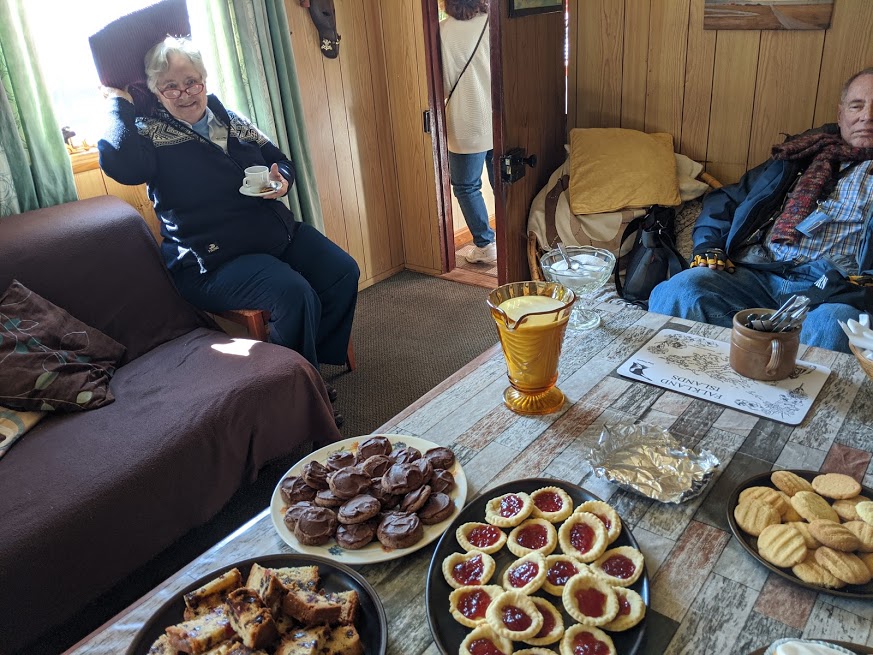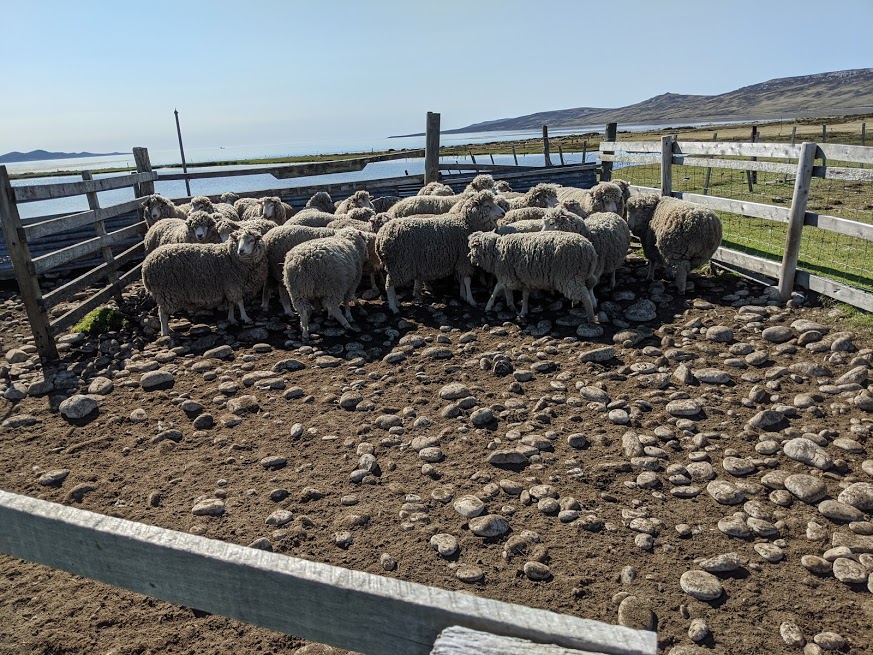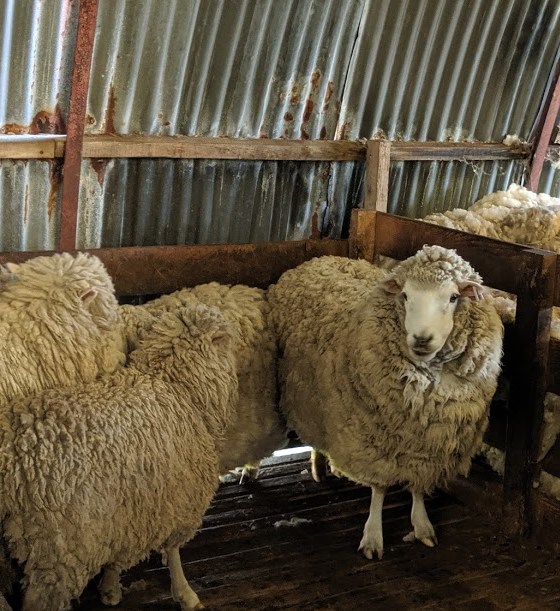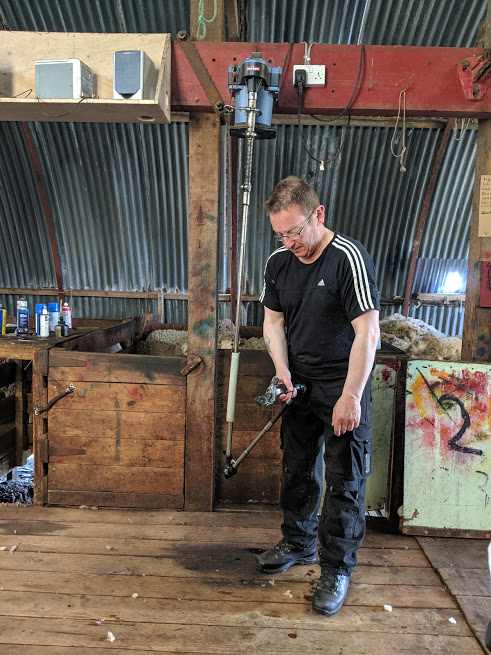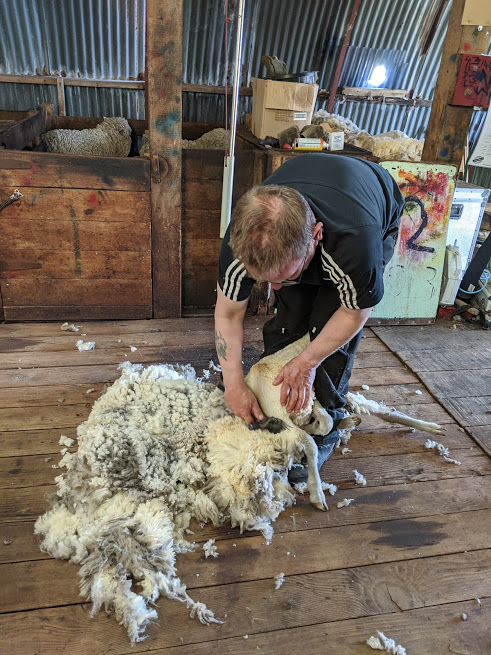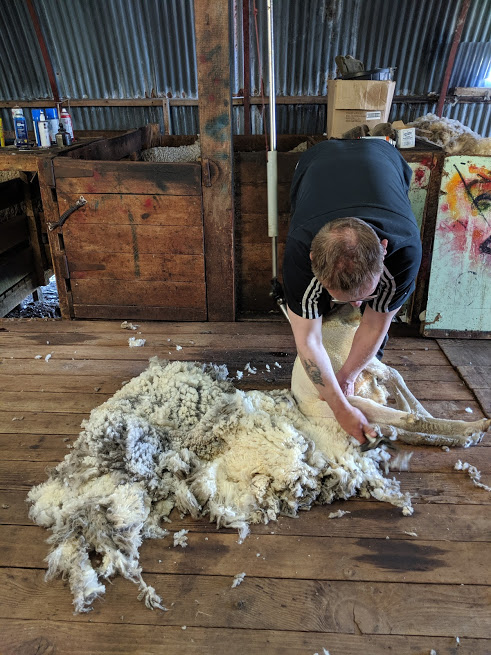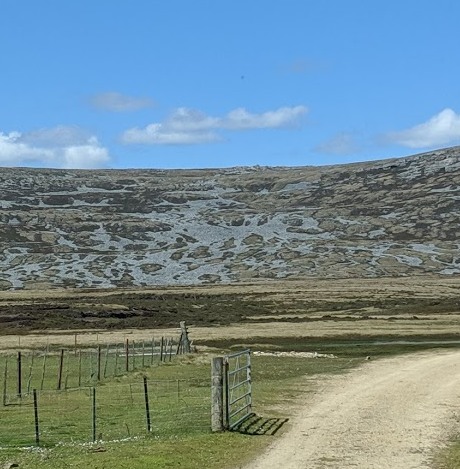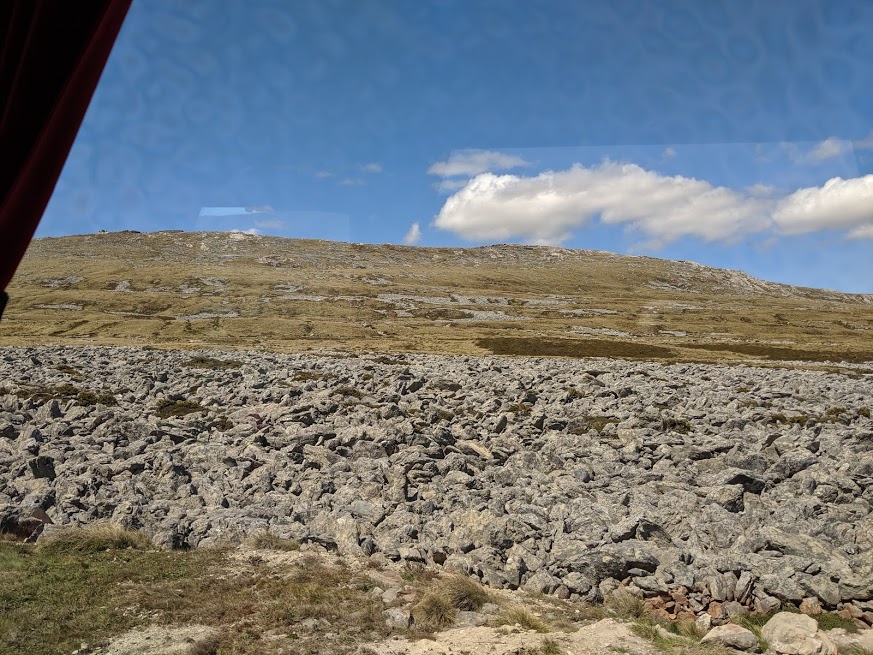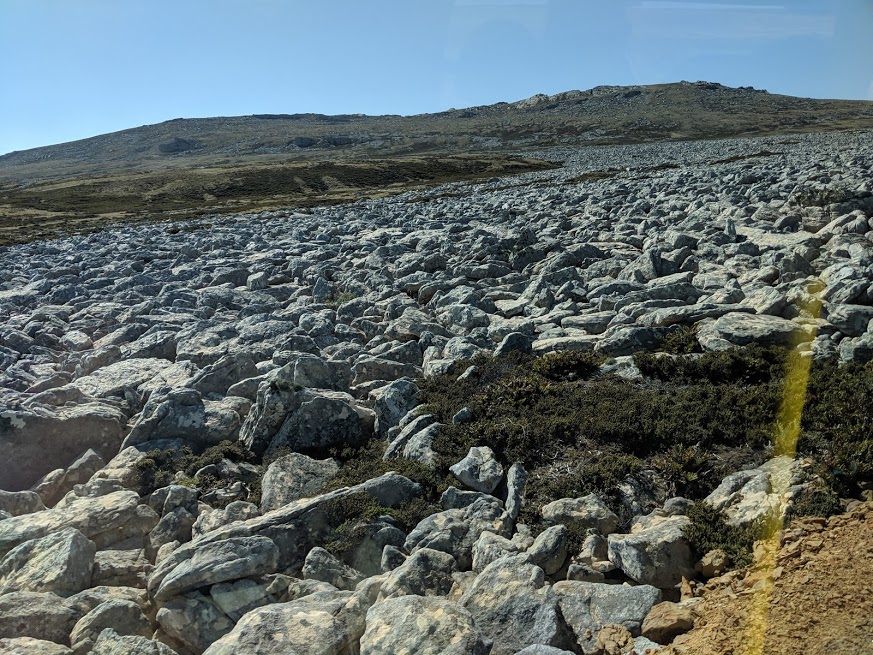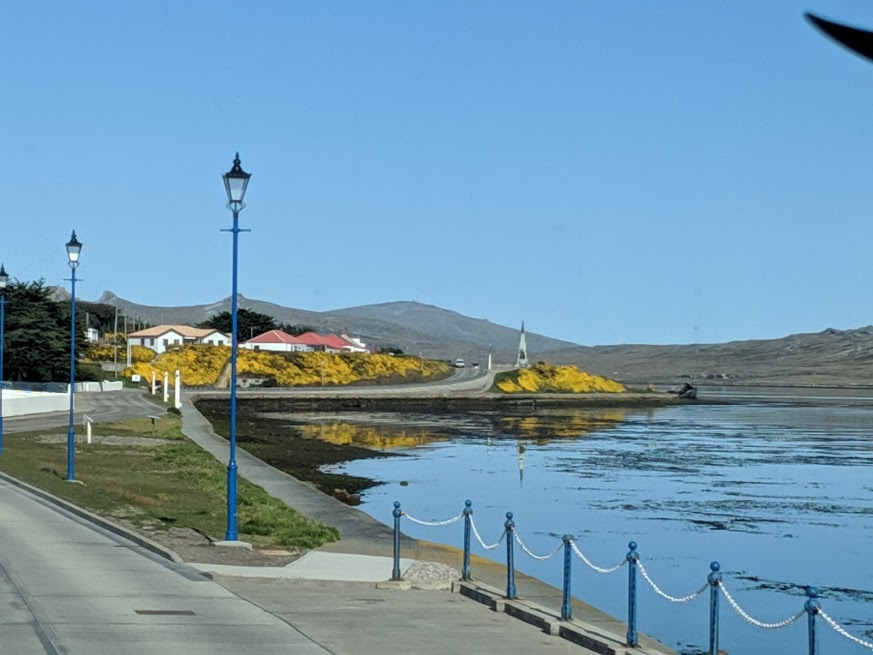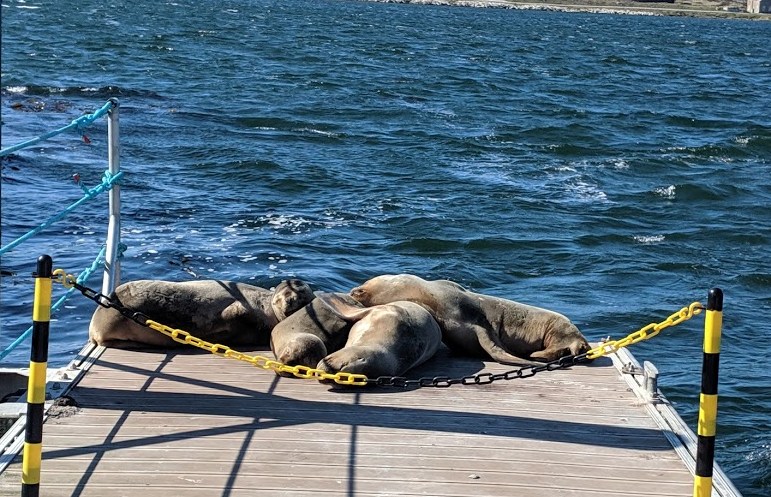
Conversation between leaders of the UK and Argentina
UK: knock knock.
Argentina: who’s there?
UK: Falkland Islands.
Argentina: I don’t get it.
UK: And you never will.
A Very Short History of the Falklands War
On 2 April 1982, Argentinian forces invaded the British overseas territory of the Falkland Islands.
Argentina had claimed sovereignty over the islands for many years and their ruling military junta did not believe that Britain would attempt to regain the islands by force.
Despite the huge distance involved – the Falklands were 8,000 miles away in the South Atlantic – Britain, under the leadership of Margaret Thatcher, undertook the extraordinary feat of assembling and sending a task force of warships and rapidly refitted merchant ships to the Falklands.
The task force reached the Falklands in early May. On 2 May, the Royal Navy submarine HMS Conqueror sank the Argentinian cruiser General Belgrano, with the loss of over 300 of her crew. After this incident, Argentinian ships remained in port.
However, the Argentinian air force still posed a significant threat. The Royal Navy lost several warships to attacks from Argentinian aircraft, which were armed with missiles.
British forces landed on the islands on 21 May. After a series of engagements against a well dug-in but ill-trained conscripted Argentinian Army, they began the battle for Stanley, the islands’ capital on 11 June. The Argentinian forces surrendered on 14 June, 1982 after 2 1/2 months.
We were warned to not go off the roads if we got out of the car as all the mines have not been removed as of yet. Approximately 30,000 mines were laid in the Falkland Islands by Argentinian forces following their invasion in 1982.
During the 2016/17 season, seven teams cleared 3,000 anti-personnel and 150 anti-tank mines from 47 mine fields. By this time 70% of all known land mines had been removed. The UK plans on having them all cleared by 1 June, 2021
The vast Magellanic Moorland in South America (Southern Patagonia/Tierra del Fuego) is an extensive peat-dominated landscape. About 7% of all peat lands have been exploited for agriculture and forestry. Under proper conditions, peat will turn into lignite coal over geologic periods of time.
I had read about peat ages ago… but seeing it up close and personal (use), makes a great deal of understanding come to the forefront.
We had a demonstration of cutting peat for fuel, actually digging. The above shows the farmers peat stove and the peat barrel for storing it inside.
A tea and cookie break in their kitchen before sheep shearing, very British. Love it!

Gorse flowers 
There are about 200 sheep for every person on this starkly beautiful archipelago, five penguin species call the islands home and there are almost no trees on the islands, but lots of rocks.

Electric cutting tool 

3 1/2 minutes.
“In many parts of the island the bottoms of the valleys are covered in an extraordinary manner by myriad great loose angular fragments of the quartz rock, forming ‘streams of stones.’ These have been mentioned with surprise by every voyager…” ~ Charles Darwin 1834

Streams of stone 

Rivers of rock
The Falklands stone runs are made up of hard quartzite blocks. A stone run is a rock land-form resulting from the erosion of particular rock varieties caused by freezing-thawing cycles in periglacial conditions during the last ice age.
“ If God sends us on stoney paths, He provides strong shoes.” ~ Corrie Ten Boom
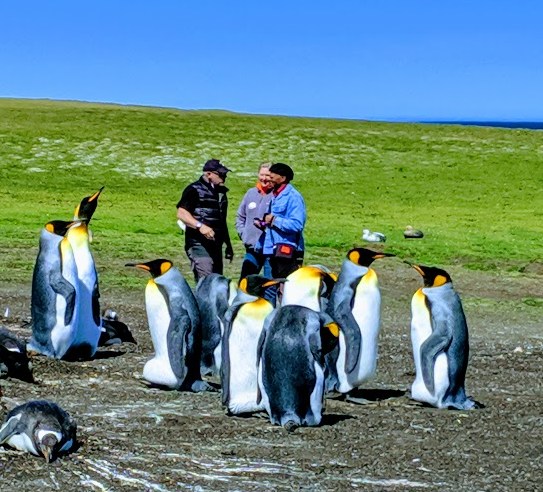

Gorse, the yellowest of flowers. 
Sea Lions taking a cat nap!
